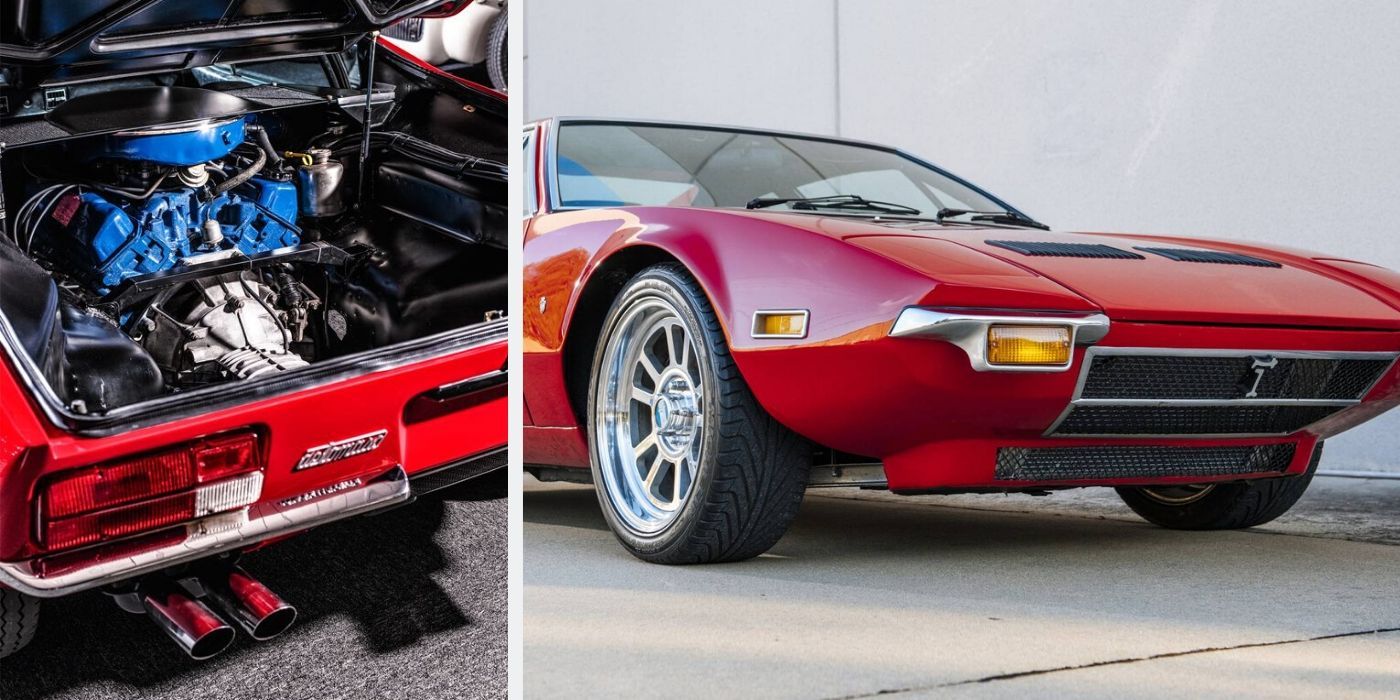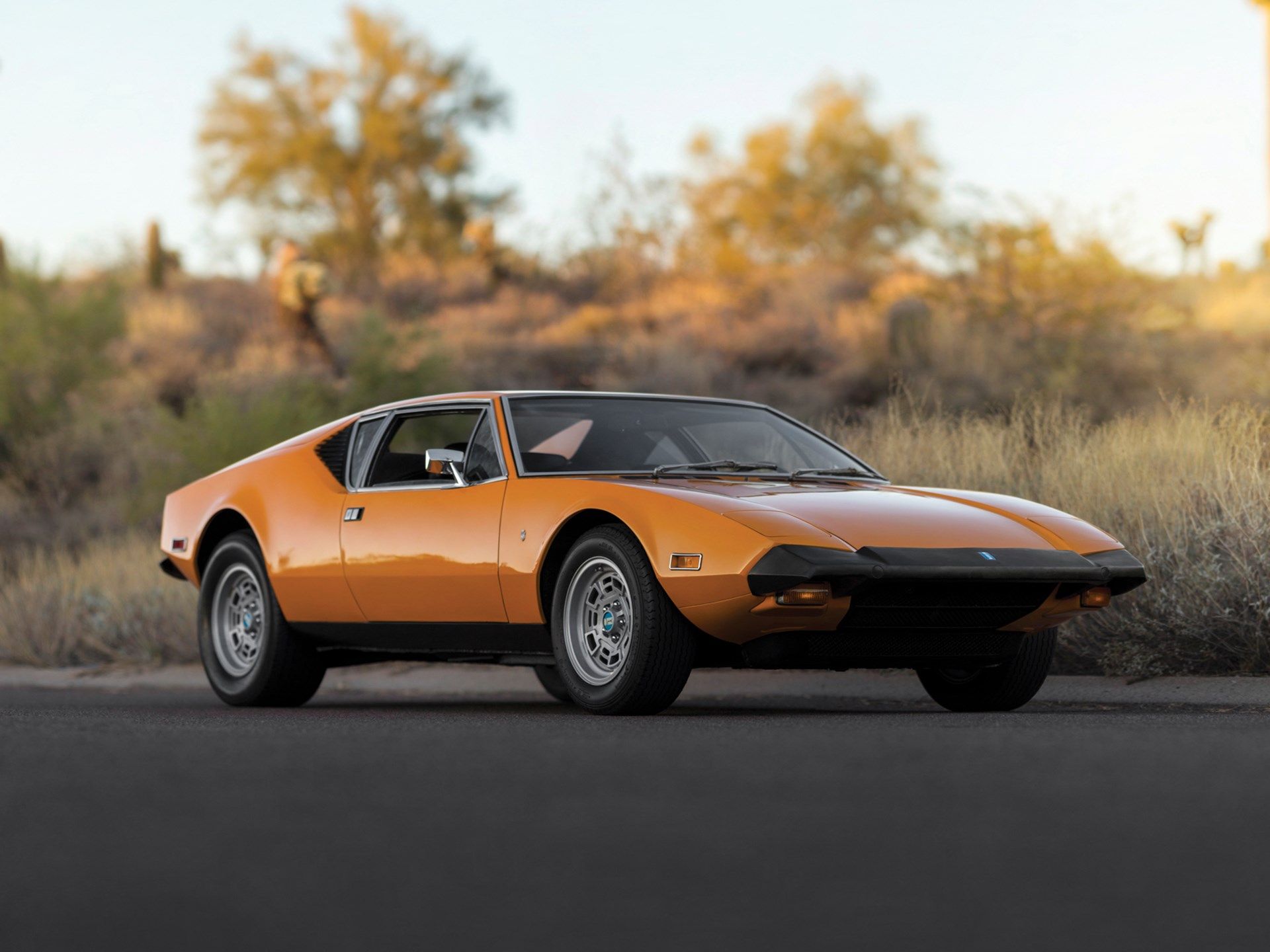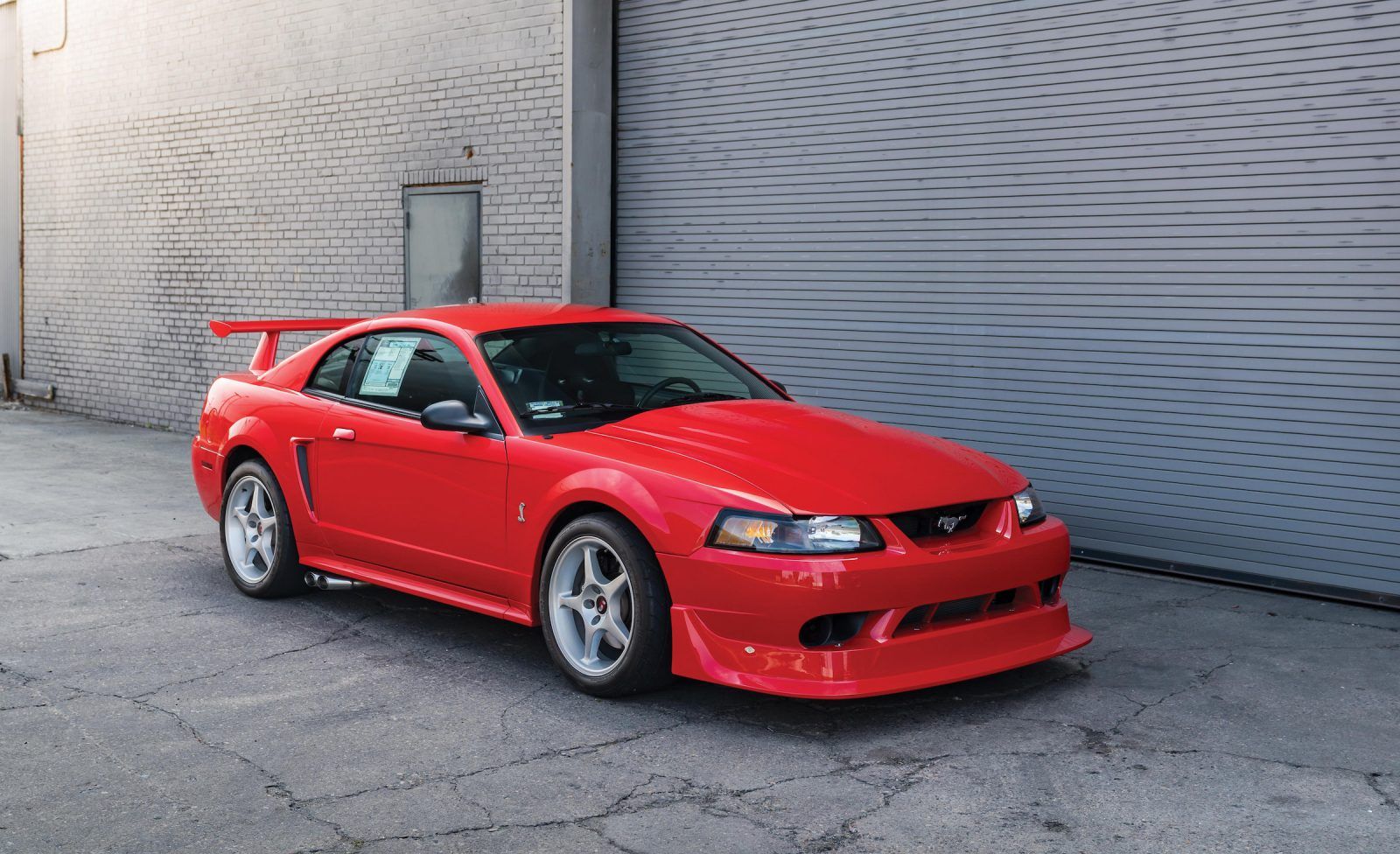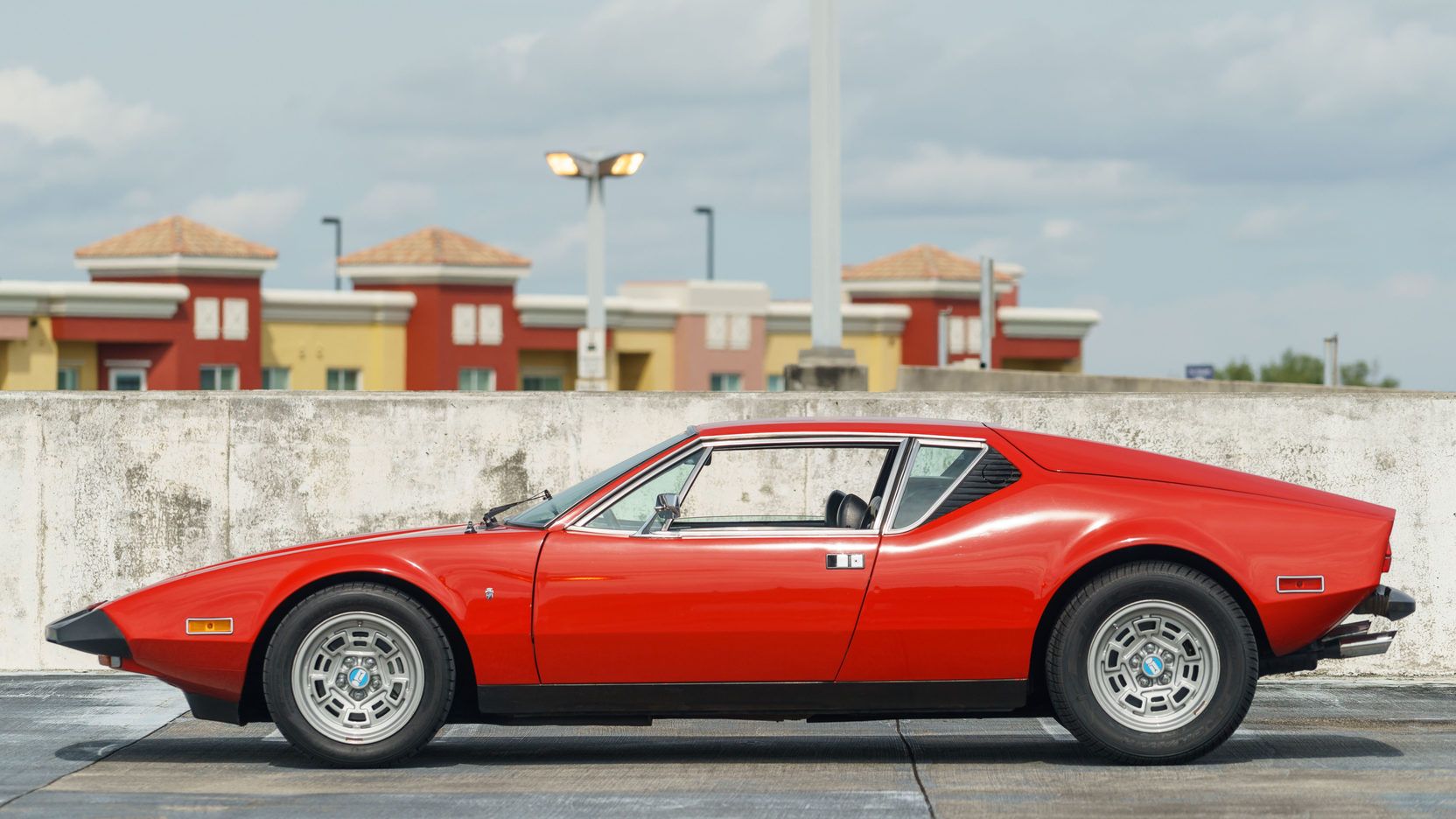What is an Italian supercar to you? Maybe it involves where the engine is placed and what the badge says, or maybe it's how much power it makes and how fast it is. The truth is, our brains usually jump to Lamborghini, Ferrari, or Pagani when we think of classy super cars, not Ford, Chevy, or Dodge.
Hand built engines, hand-stitched leather, and hand-tightened bolts are the super car requirements for many, but what if we told you that one of those Italian companies we mentioned earlier doesn't hand-build their engines at all, and that engine outsourcing has been going on forever.
De Tomaso
One of the most famous, and maybe under-appreciated examples of this is De Tomaso. In business since 1959, this Italian brand was most notably making race cars for teams in the '60s and '70s, and once on the world's radar, they were quickly picked up for bigger jobs.
One of those jobs was for Ford Motor Company, and they wanted to do something radical. The Pantera project. With the high-end supercar segment being defined by Ferrari, whom Ford hated, they wanted to ponder the idea of an American designed supercar, and with 84% ownership in De Tomaso they had near free reign.
American Heart
In '71, Ford along with De Tomaso announced the Pantera project, a Ford-powered, Italian designed supercar that could gap any Ferrari of its day. De Tomaso wasn't a big enough company to design, build, and install their own engines for over 6,000 units, so Ford paid the tab.
The De Tomaso Pantera used a 351 Cleveland V8, 351 standing for the size in cubic inches, and Cleveland standing for which Ford plant they were made in. The Cleveland was a big deal for Ford, and the Pantera project was yet another promote their special "Italian" V8.
In reality, the Cleveland was about as Italian as Starbucks coffee. Every piece on the Pantera had a Ford Part number on it right down to the 5/8 inch oil drain bolt. The executive slicks at Ford didn't care as long as they were built in Italy because, ultimately, that's what sold a supercar in '71.
Engine Outsourcing
While using another companies engine is seen as cheap in some people's eyes, it is truly a great tool for smaller companies. Engines, especially high-performance units, are expensive with a capital "e" and can require resources that are out of financial reach. Even auto giants like Toyota outsource parts, like when they famously borrowed BMW's blueprints to build the Supra.
Pagani, as we mentioned earlier, is a great example of outsourcing as well. Their beautiful mid-engined beasts are powered by none other than Mercedes-AMG, a rather established company to say the least. They serve as another reason to why supercars don't have to be 100% bespoke to drive well.
And what we haven't mentioned, is how well the Pantera drives. The tune that Ford had on these Pantera 351 Clevelands was civilized enough to control on the road and the mid-engine balance was of course, ideal. As the next couple years went by, Ford dealers offered upgraded parts to optimize the Pantera's driving experience and they got even sweeter.
We love the Pantera for its beautiful Italian design, great history, and above all else, pure American power. They've flown under the radar for years because of their American heritage and their bigger Italian counterparts like Lamborghini and Ferrari, meaning that you can get a stunning early '70s example for less than $100,000, and sometimes even less than $80,000.
Source: Hagerty




